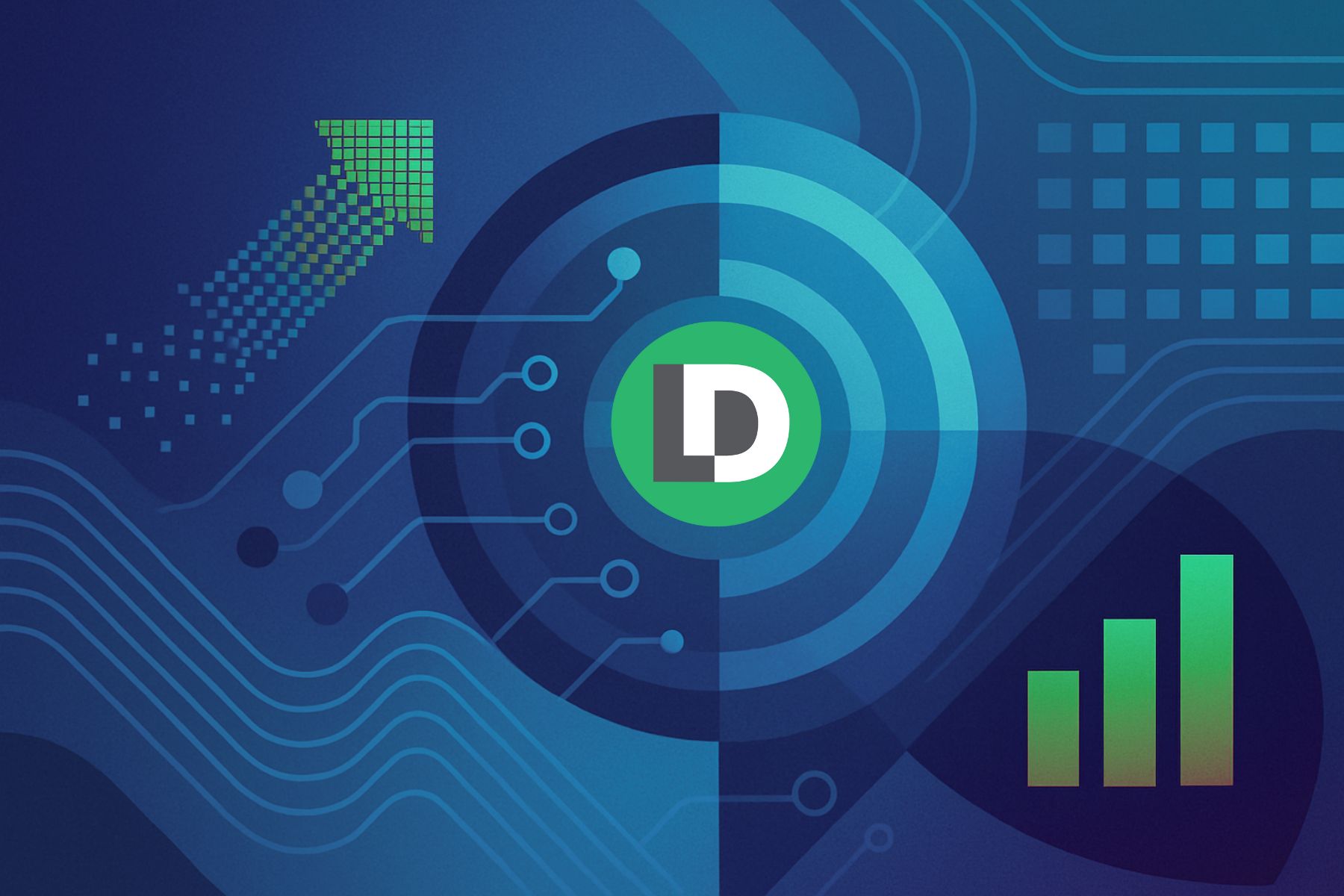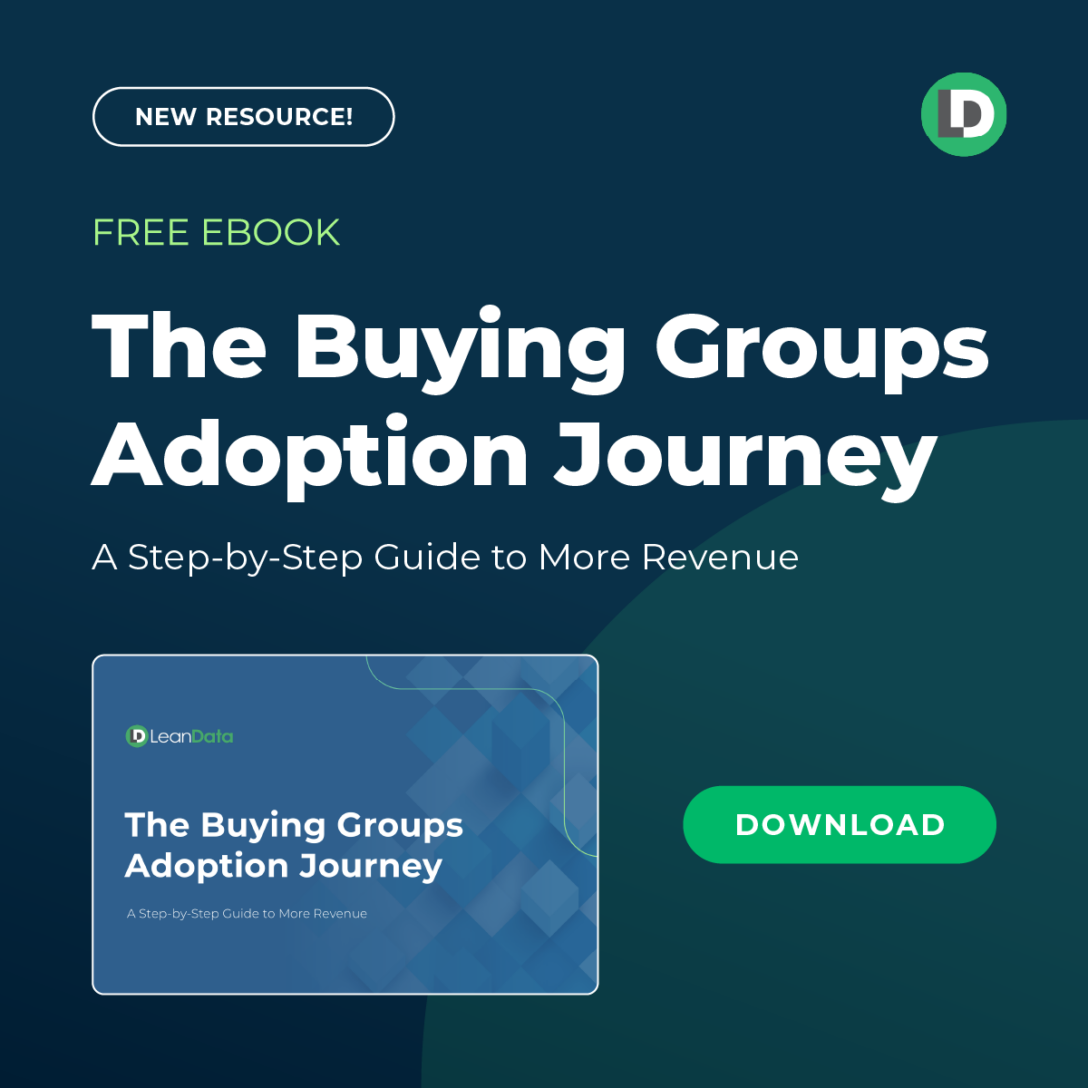Most go-to-market (GTM) transformations don’t start with big declarations. They start with a small group of people who see a better way and decide to prove it.
That’s exactly how the Marketing Operations team at Palo Alto Networks led one of the most compelling go-to-market shifts in recent years: from a lead-centric model to an opportunity-first approach powered by Buying Groups.
This wasn’t a theoretical exercise.
Their shift delivered real-world results: more opportunities, higher win rates, faster pipeline progression, and larger deal sizes.
Plus, it showed how Marketing Ops can drive GTM alignment across Sales, IT, and leadership teams at scale.
Let’s unpack how they made it happen and how they used LeanData to bring it to life.

Why Palo Alto Networks Made the Shift
In a B2B enterprise selling environment, one person rarely signs a deal alone. Multiple stakeholders are involved, from budget owners to technical evaluators to end users. That’s always been true for Palo Alto Networks, which sells cybersecurity solutions to some of the largest companies in the world.
Yet, like many companies, they were still operating with a lead-centric marketing funnel that passed MQLs to Sales, one at a time.
Lauren Daley, Palo Alto Networks’ Director of Marketing Operations, explained the tension clearly:
“The problem with our individual lead-centric funnel today is when we’re passing off leads one by one and relying on an MQL threshold… you’re missing the signals that are showing that an active buying group is forming.”
This disconnect was costing them pipeline. Despite having great intent signals from tools like Demandbase, and marketing campaigns that successfully reached key personas, those insights weren’t being packaged and handed to Sales in a way they could act on.
The fix wasn’t to abandon their tech stack. It was to rethink how to orchestrate people, process, and systems around the reality of how buying decisions happen: in groups.
Step One: Run a Pilot & Prove the Value
Marketing Ops didn’t try to boil the ocean. They started small with a time-bound, measurable pilot.
First, they partnered with Sales Development. These BDRs were on the front lines of lead follow-up, so it made sense to test the new process there. They picked “friendlies,” or BDR managers who were open to trying new approaches and already aligned with the vision.
Then, they gave BDRs two specific behaviors to test:
- Create new opportunities that include more than one key persona
- If an opportunity already exists, add engaged contacts to it and notify the account owner
Even though this process started as manual and required multiple steps, it quickly produced results that were hard to ignore:
- More opportunities were created
- BDRs secured better meetings by involving more relevant buyers
- Sales saw higher conversion into forecast pipeline
Jeremy Schwartz, Palo Alto Networks’ Senior Manager of Global Lead Management & Strategy, put it this way:
“The idea that if BDRs, instead of working on a single MQL, worked on two or three or four people from an account, they could set more new opportunities… that was true.”
But one challenge remained. The volume of activity was increasing, and manual processes wouldn’t scale. That’s when they operationalized the motion using LeanData.

Operationalizing Buying Groups with LeanData
Once the pilot proved successful, the team turned to automation to scale the motion across their global organization. LeanData became the engine behind the scenes, enabling precision and efficiency without burdening reps or admins.
Here’s how Palo Alto Networks used LeanData to support their Buying Group GTM motion:
- Contact-to-Opportunity Matching
When someone engaged with marketing and met specific criteria, LeanData matched them to open opportunities based on product line and persona fit. - Automated Alerts to Sales
Opportunity owners received alerts when new contacts engaged, providing critical context like job title, product interest, and recent actions. - Lead Conversion and Opportunity Enrichment
If an engaged lead wasn’t already a contact, LeanData handled the conversion and associated them to the right opportunity. - Buyer Group Status Field
A custom field on the opportunity contact role captured whether a buyer was “detected,” “engaged,” or “confirmed,” giving reps instant visibility into who was involved and how. - Slack Notifications and Outreach Sequences
LeanData also powered downstream activation, including automated sequences in Outreach and real-time Slack alerts to ensure no signal went unnoticed.
With LeanData handling the scale, the team could focus on optimizing strategy, building cross-functional alignment, and expanding their reach.

What They Measured & Why It Mattered
To gain broader buy-in, the Marketing Ops team had to speak the language of impact. They focused on metrics that mattered to every stakeholder, especially those tied to revenue.
Key Performance Metrics:
- MQL to Opportunity Conversion: Conversion rates improved by 20% when buyer group signals were used.
- Opportunity Creation: More meetings led to more pipeline, especially when multiple personas were involved.
- Pipeline Progression and Forecast Movement: Opportunities moved faster through the funnel when reps had better context.
- Closed-Won Rate and Deal Size: Opportunities involving buying groups closed at 2x the rate and resulted in larger deal sizes.
- Buying Group Coverage: The team tracked how many opportunities had multiple personas and aimed to increase overall coverage across accounts.
- Influence and Expansion: Marketing was sourcing new pipeline, but more importantly, they were also expanding open deals by engaging additional buyers and surfacing those insights to Sales.
The metrics told a powerful story: targeting and activating buying groups improved marketing efficiency and elevated the performance of the entire revenue team.

Scaling Beyond the Pilot: How They Won Over Stakeholders
Palo Alto Networks didn’t stop after one successful pilot. They used a step-by-step approach to scale the initiative across their global teams.
Here’s how they did it:
Tailored Messaging for Different Stakeholders
They positioned the shift in terms each audience could understand. For example, IT heard about system reliability. Sales leaders heard about higher conversion rates and deal sizes. CMOs heard about bookings, not attribution.
Used Data to Overcome Skepticism
When their CMO saw the pilot results but hesitated due to small sample size, the team worked with data science to model results across historical data. The projected impact unlocked leadership support.
Evangelized Internally
They spoke at internal events, ran roadshows, and helped campaign teams understand how to apply the approach. As a result, teams began requesting help with Buying Group strategies.
Focused on What They Could Automate
Instead of waiting for every system to be perfect, they kept iterating. Each quarter, they picked a new goal to automate or improve.
Leaned Into Culture Change
As Lauren shared, “The people element is the hardest part.” They focused on shifting mindsets and redefining how teams viewed their role in the buying journey.
What Enterprise Teams Can Learn from Their Approach
If you’re a Marketing Ops, Business Systems, or IT leader trying to modernize your funnel, the Palo Alto Networks story offers a practical and inspiring roadmap.
- Don’t wait for the perfect moment; run a pilot now
- Focus on measurable outcomes, not theoretical benefits
- Align your messaging to each audience’s priorities
- Use automation to scale, not to replace human insight
- Treat change as a multi-quarter journey, not a single event
Plus, remember that the real goal isn’t to track attribution. It’s to help your company win more business by acting on the signals your buyers are already giving you.












